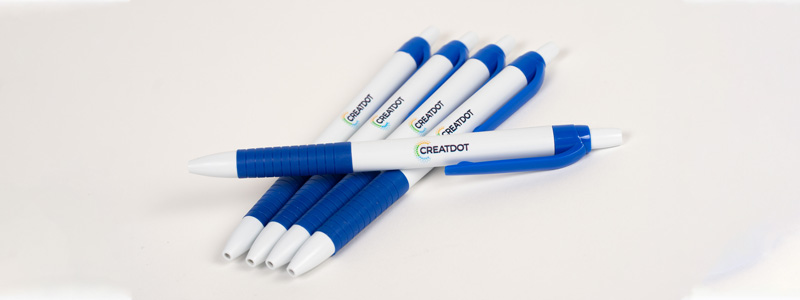- Equipment
- Inks & Supplies
- Services
- Applications
- Tagless
- Resources
- About Us
- Contact Us

Contrary to the name a UV flatbed printer is not just for flat items anymore. New advances in print technology, software, and machine upgrades allow more options than just a flat, one-dimensional item.
The term “flatbed” in UV flatbed printer refers to the table-type that holds the parts for printing. The print aspect of it is a truly digital process. The artwork is created in graphical software and imported into the machine’s software where it applies this 2D image onto a three-dimensional object. The flatbed is the transport mechanism for the parts into the machine. As the parts travel into the machine, a print head will move back and forth over the parts laying down ink.
The print head is the mechanism that allows UV ink to “fall” or print onto the part tiny droplets to form a cohesive image. The printer software talks to the printhead to let it know when and where to drop a particular color of ink. Typically, flatbed printing uses four basic colors when combined can create a wide variety of colors. Cyan, magenta, yellow, and black are all standard. Some flatbed printers include additional colors such as white to give the machine more versatility. To go even further, some machine introduces “light” colors such as Light Cyan to further improve color quality and get smoother gradients and realistic skin-tones. Additionally, other flatbed printers may offer a varnish option. The varnish is clear and is used for two primary reasons, it gives the print a nice glossy look and it further protects the print from abrasion by adding another layer.
Learn more about UV inkjet printers
There is a wide variety of flatbed printers on the market, All range in size, capability, and features. What they all have in common, however, is the ability to print on flat items, Most flatbed printers are capable of printing on items up to 2″ (50mm) in height. The 2″ height significantly limits the versatility of part options for the machine. There are flatbed printers that can print taller parts.
In addition to the height restriction, most machines are limited to the shape of a part. All flatbed printers will have success printing on completely flat items. The reason behind this is simple: the closer the print head can get to the surface of a part, the more accurate the drop placement, thus a better quality image. Some flatbed printers struggle printing on parts with a slightly curved surface because as the curve moves further away from the print head, the print quality degrades. The same can be said for flat items with raised surfaces. The print head is only able to lower itself to the highest point of the part.
As previously stated, some flatbed printers are capable of more. Meaning they can print on taller parts or pieces that have slightly un-even surfaces. So to answer the initial question of is UV Flatbed Printing Just for Flat Items? No! Recent advances in printer software allow for some machines to more accurately place ink on surfaces that are further away from the print head. Take a look at this tall flatbed UV digital printer capable of printing directly onto coolers:
Items with curved surfaces such as pens are also a great application for UV inkjet printing. It is also possible to print on certain drinkware pieces. Not full-wrap, but you may be able to get a 3″ x 3″ logo printed without too much distortion. If the need for full wrap printing arises for drinkware, our digital cylinder printers such as the Helix should be taken into consideration.
If you’re in the market for a new machine or interested in jumping into the flatbed printing industry, remember to look for a machine capable of what you need now and what you may want for future projects. Meaning, if you only print on flat items less than 2″ in height now, it doesn’t mean you may want to expand your product offerings in the future. Always keep an open mind.
Additional UV flatbed resources: All About UV Flatbed Printers
Back to Blog Home
Pleasant Printing Company
Thank you for your helpful article, I love this type of article.
March 4, 2021